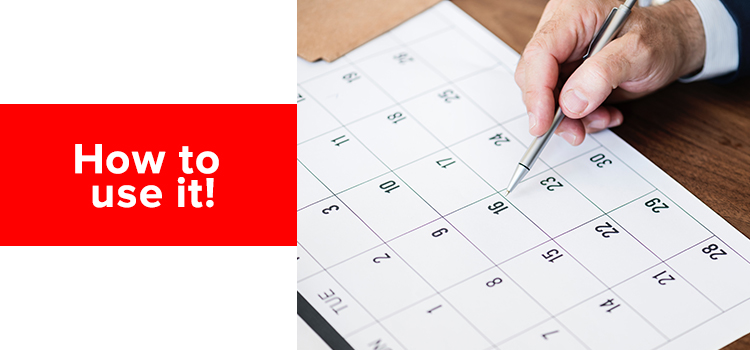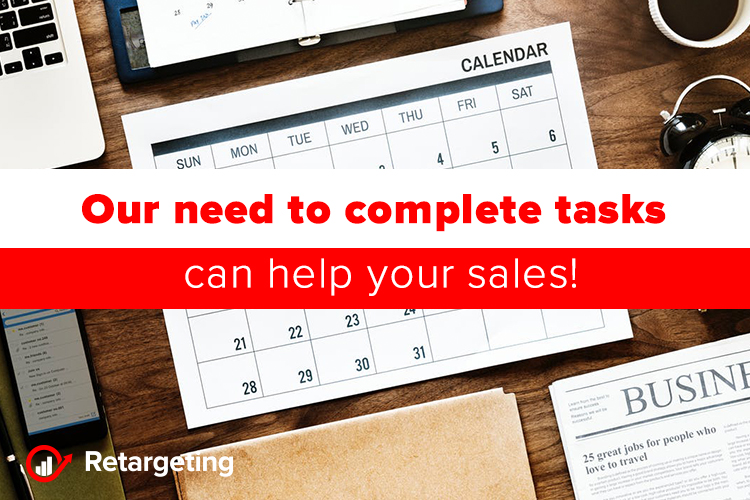The best marketers understand one fundamental fact: people crave closure. It’s the ending to a movie or having to finish reading a chapter in a book before you do something else.
You see this reflected in many ad campaigns for big brands. It can be seen in the images, the words, and the structures that are created during these campaigns.
Unfinished thoughts and tasks are highly memorable, addictive and hold tons of attention until they are successfully finished. This desire to finish puts serious power in those who deliver information, stories, and advertisements because something called the Zeigarnik Effect pushes audiences to crave completed narratives, resolved problems, answered questions and achieved goals.
What is it?
Have you ever wondered why a waiter could take your order, recite it back to you perfectly, and then less than half an hour later forget what you ordered? If you have, then you’re not alone.
In the 1920s, Russian psychologist Bluma Zeigarnik wondered the exact same thing. Surprisingly, she found that the human brain doesn’t like incomplete tasks. Because the task is not yet finished, the information stays in our mind. Once the task is completed, our brain releases the information and we no longer think about it.

How to use it!
Now that you know what it is, you’re probably wondering, “What does Zeigarnik have to do with marketing?”
Well, the Zeigarnik effect is used in media and advertising all the time. You might not have noticed, but that’s the whole point, it works exceptionally well and it doesn’t scream marketing.
Here are a couple of examples of how you can take advantage of it:
Social Media: ask questions, open loops and engage with your audience. A great example is posting regular updates about a continuing story, or journey that you’re on.
Content: use video, audio and written posts to create a thirst for pay-offs. Longer articles will give you an opportunity to drag readers deeper and deeper into your content.
Email Marketing: effective ways you can use it for better open rates:
- don’t use a period in your email line, it signifies completion. But without the ending punctuation, the sentence looks incomplete. It signals to our brain that something about that email is incomplete, and so we click to open it.
- use cliffhangers or incomplete thoughts in the subject line, this way you play on people’s desire to know the end of the story, you entice them to want more. Try using headlines are short, look incomplete, and most importantly, they make you kind of go, “Hmmm…what is this about?”
Advertising: use the Zeigarnik Effect to increase the significance of your product/service’s most prominent strengths. If you’re able to draw attention to your greatest strengths by opening loops around it, it’s importance will be massively elevated in your audience’s opinion.
The Zeigarnik Effect will also increase the number of people you can retarget because more will be attracted to your brand, and people who see retargeted ads are 70% more likely to convert than those that don’t.
It’s not bullet-proof!
There are two ways that this type of strategy can fail, and if you make either or both of them it will actually encourage people to stay away from your content, brand, and advertisements.
Overuse: if you’re constantly trying to use the Zeigarnik effect it will irritate your audience. They’ll never want to listen to you because all you ever do is lead them on.
The let down: you might be skilled at creating cliff-hangers, teasers and inciting all sorts of unfinished emotions in your audience, but if your pay off doesn’t create the same level of satisfaction as the need for closure, you’ll fail.

